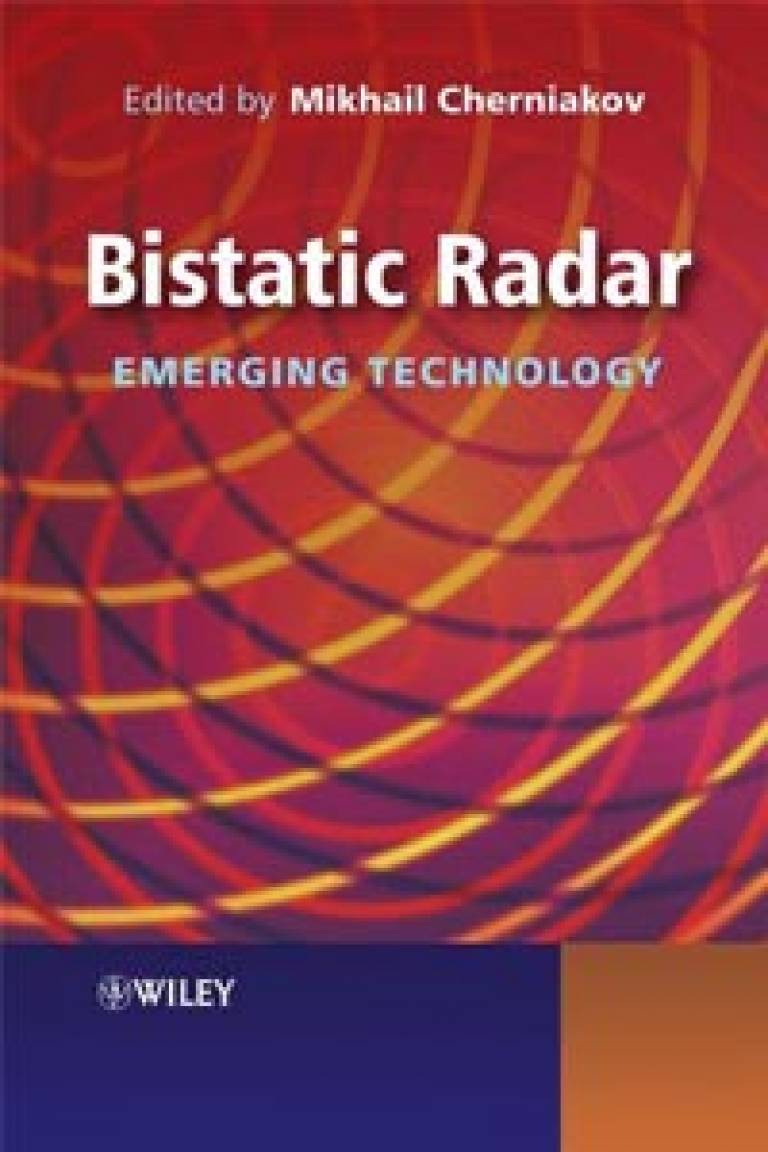Bistatic Radar, Emerging Technology
15 May 2008
Links:
 ucl.ac.uk/research/personal/index?upi=CJBAK42" target="_self">Professor Baker
ucl.ac.uk/research/personal/index?upi=CJBAK42" target="_self">Professor Baker
Professor Chris Baker (UCL Electronic and Electrical Engineering) has contributed to new book entitled 'Bistatic Radar, Emerging Technology'. The book is dedicated to the more advanced studies in bistatic radar technology, which is currently the subject of intensive research activity and development.
The impact of bistatic radar technology on remote sensing is increasing as bistatic systems cross the theoretical threshold into practical embodiment. The wide spectrum of radar applications, including space exploration, defence, transport, aerospace, and meteorology, provides persistent impetus for this progress.
Professor Baker's chapter 'Passive Bistatic Radar (PBR) Systems', gives an introduction to the technology, explains its development, sensitivity and coverage for the systems, PBR system processing, waveform properties, as well as results from a number of experiments. The chapter is co-authored with former UCL academic, Professor Hugh Griffiths (Cranfield University), and Dr Paul Howland (NC3A)
PBR is a means of utilising existing signals - for example, as emitted for domestic radio and TV - for the detection and tracking of aircraft. In 'normal' radar the transmitter and receiver are co-located and this is termed mono-static radar.
Professor Baker explained: "In the passive case it is more usual that the transmitter and the receiver are at different locations and this is known as bistatic radar, hence the term passive bistatic - passive because the receiving site doesn't emit. As these 'free' transmitters are aimed towards buildings on the ground, the low level coverage can be extremely good and hence this provides an ideal complement to existing air traffic control and air defence systems. In developing countries where there is little to no air traffic control infrastructure, PBR is a low cost way of providing a rudimentary landing system. It also can provide 'on-route' surveillance for aircraft transiting over these countries where none currently exists."
To find out more, use the links at the top of this item
Image: 'Bistatic Radars, Emerging Technology'
 Close
Close

